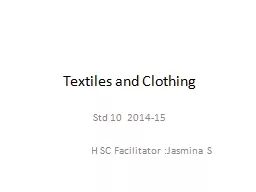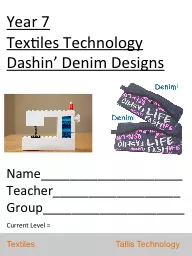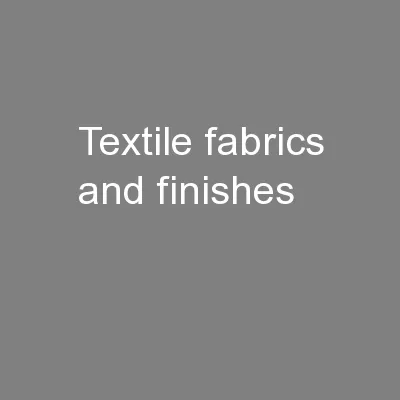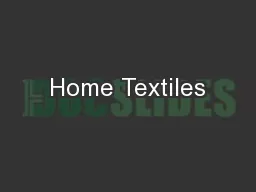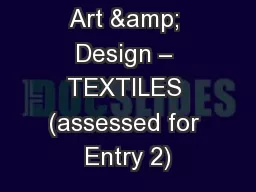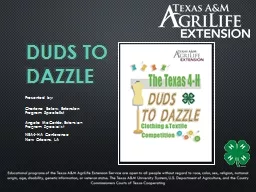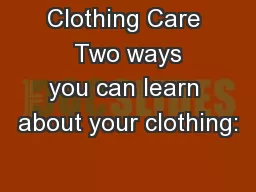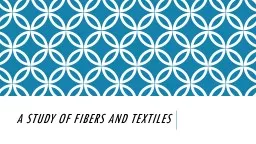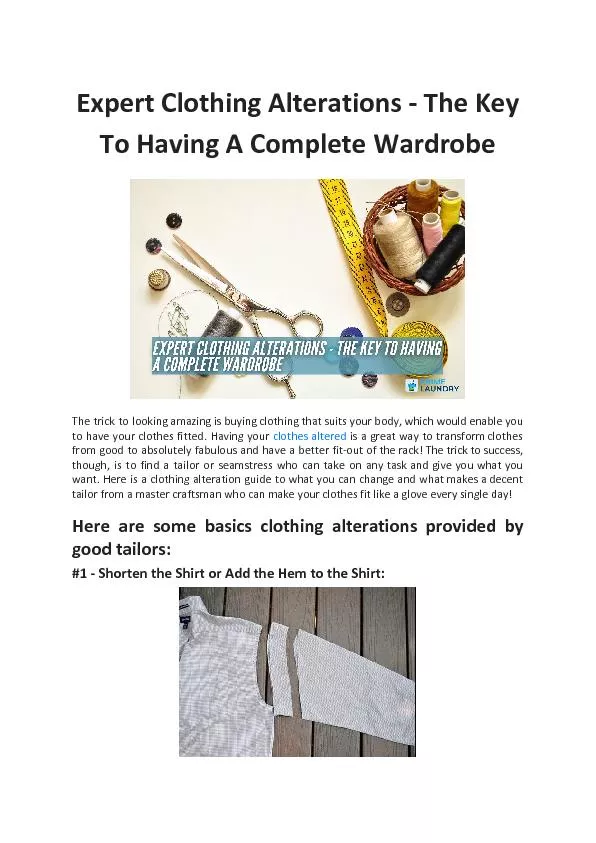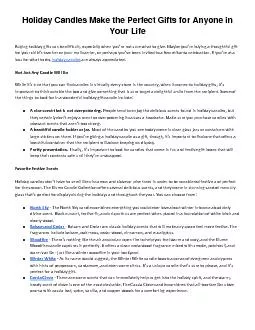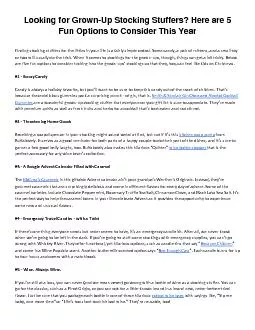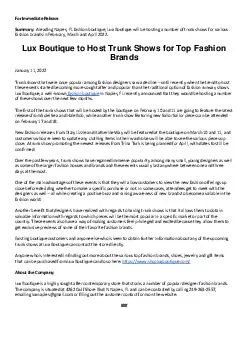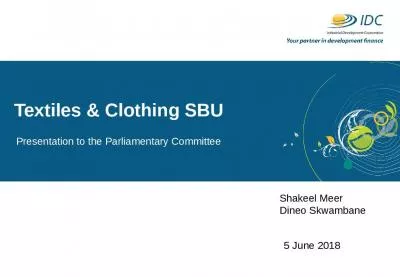PPT-Textiles and Clothing
Author : conchita-marotz | Published Date : 2016-07-19
Std 10 201415 H SC Facilitator Jasmina S LAUNDERING OF CLOTHES Laundering involves washing dryingfinishing and storing Two Processes Washing to remove stain and
Presentation Embed Code
Download Presentation
Download Presentation The PPT/PDF document "Textiles and Clothing" is the property of its rightful owner. Permission is granted to download and print the materials on this website for personal, non-commercial use only, and to display it on your personal computer provided you do not modify the materials and that you retain all copyright notices contained in the materials. By downloading content from our website, you accept the terms of this agreement.
Textiles and Clothing: Transcript
Download Rules Of Document
"Textiles and Clothing"The content belongs to its owner. You may download and print it for personal use, without modification, and keep all copyright notices. By downloading, you agree to these terms.
Related Documents

